Written by Kristina Grosek and Giulio Sabbati,
Once the withdrawal of the United Kingdom from the EU becomes legally effective, 73 EP seats will become vacant. Twenty-seven of these seats will be re-distributed among 14 Member States. The remaining 46 seats would be available for potential EU enlargements and/or for the possible future creation of a transnational constituency.
Allocation of seats in the European Parliament
European Council Decision (EU) 2018/937 of 28 June 2018 establishes the composition of the European Parliament (EP) for the 2019-2024 parliamentary term, taking into account the United Kingdom’s expected withdrawal from the EU. However, as the UK was still a Member State at the time of the European elections in May 2019, and thus participated, the June 2018 decision provided that Article 3 of the previous (2013) European Council decision applied (so the EP’s composition remained unchanged from the 2014-2019 term).
After the UK leaves the EU, rendering 73 seats vacant, 27 of these will be re-distributed among 14 Member States, thereby re-balancing the current imperfect application of the principle of degressive proportionality. The remaining 46 seats would remain available for possible future enlargements and/or the possible future creation of a transnational constituency. Although the overall number of Members of the European Parliament (MEPs) will be reduced from 751 to 705, no Member State will lose seats in this redistribution.
After Brexit, the 27 seats will be re-distributed among the following 14 Member States: France (+5), Spain (+5), Italy (+3), the Netherlands (+3), Ireland (+2), Sweden (+1), Austria (+1), Denmark (+1), Finland (+1), Slovakia (+1), Croatia (+1), Estonia (+1), Poland (+1) and Romania (+1).
Election of the additional Members after Brexit
In 10 Member States, the Members who will take the additional seats once the UK’s withdrawal becomes legally effective have either already been formally elected or are already known, while not yet formally designated. This is the case in France, Italy, Ireland, Sweden, Finland, Slovakia, Croatia, Estonia, Poland and Romania. In Spain, the Netherlands, Austria and Denmark, only the lists from which the additional Members will come have been officially announced. In order to ensure the election of additional MEPs in May 2019, and avoid organising additional elections following Brexit, some Member States needed to amend national electoral law, to enact new legislation, or to issue an administrative decree. Consequently, no Member State receiving additional seats will need to hold a new election after Brexit.
Re-distribution of seats among the EP’s political groups after Brexit
MEPs sit in political groups, organised by political orientation and not by nationality. In the current parliamentary term, there are seven political groups. Some MEPs do not belong to any political group (non-attached Members).
As of 13 January there are 27 non-attached UK MEPs, while the rest belong to one of five political groups (S&D, Renew Europe, Greens/EFA, ECR, GUE/NGL). After Brexit, some changes to the EP’s political landscape can be expected.
Projections
Immediately following the 2019 EU elections, it was clear from which national political parties the 27 new MEPs would come. In the majority of cases, EP political groups already include Members from those national parties in the current parliamentary term.1 Based on the current state of play, and the election results, we can thus associate the 27 new MEPs with EP political groups. However, although both their national political party affiliation and the link between national party and EP political group are well known, there is no guarantee that elected Members will choose to affiliate to a particular political group. Members may also change political affiliation. The projections in this paper thus remain provisional, pending the arrival of the additional Members.
Read this ‘at a glance’ on ‘The European Parliament after Brexit‘ in the Think Tank pages of the European Parliament.

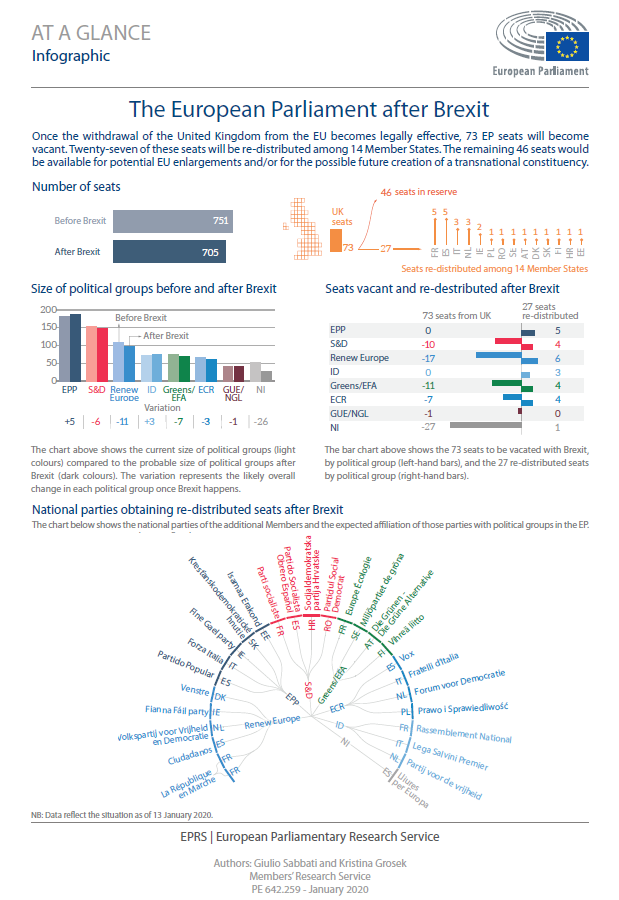

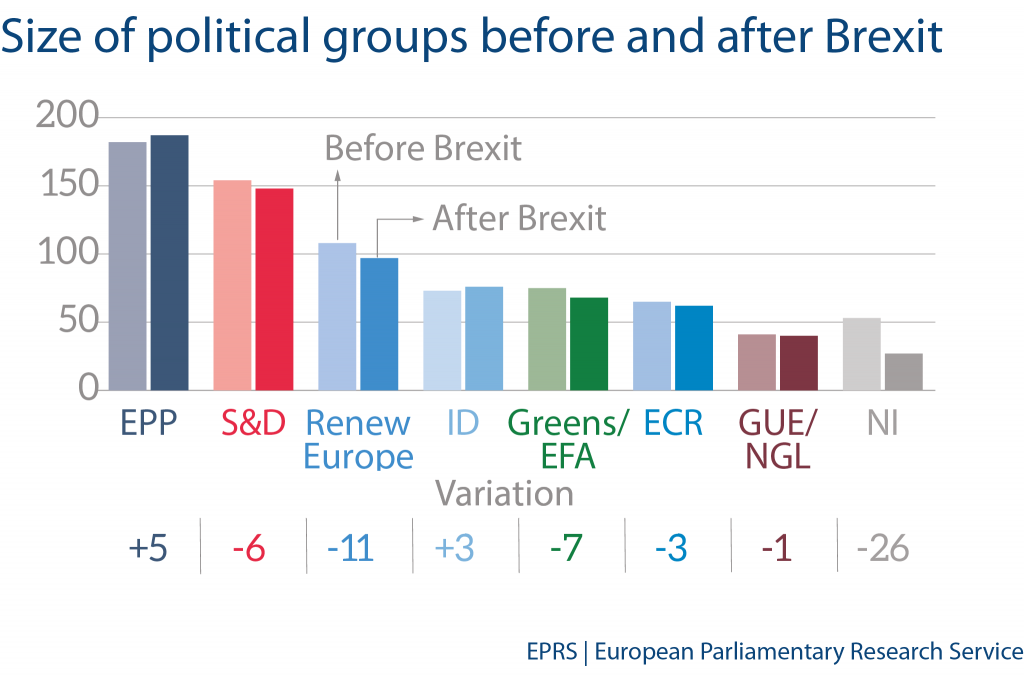
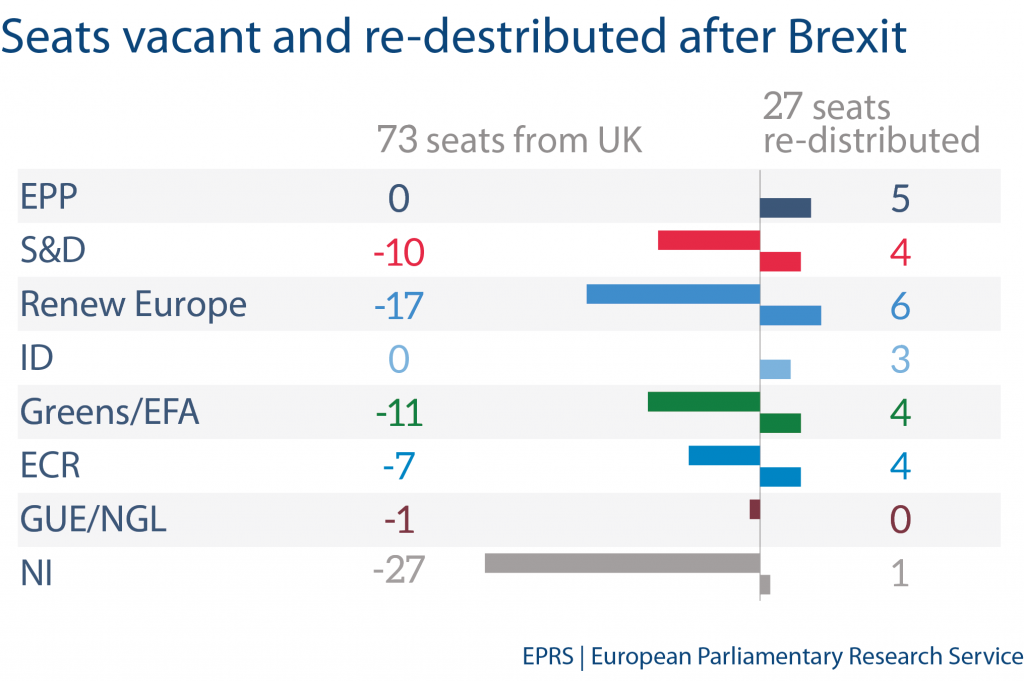
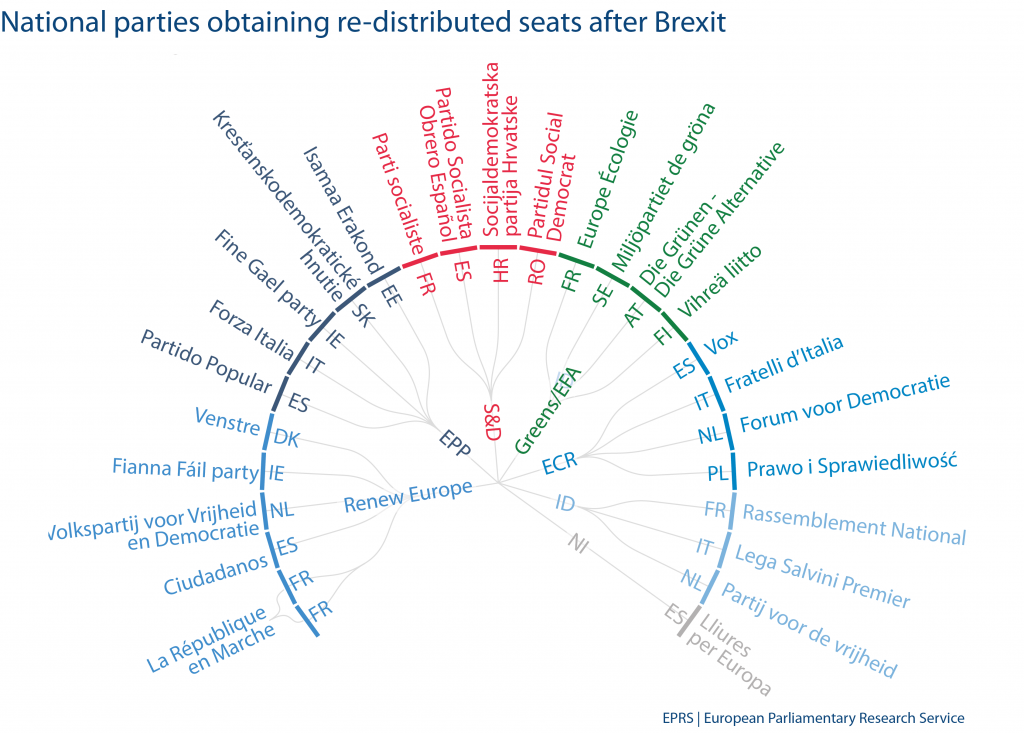
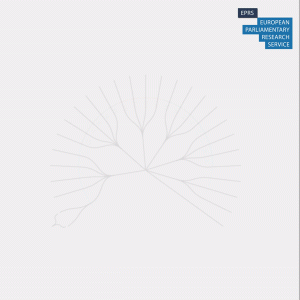

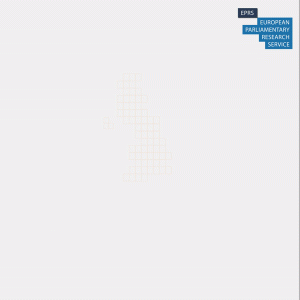








[…] […]
[…] – The European Parliamentary Research Service published a new post on its blog – The European Parliament After Brexit […]
[…] Infográficos: O Parlamento Europeu após o Brexit […]